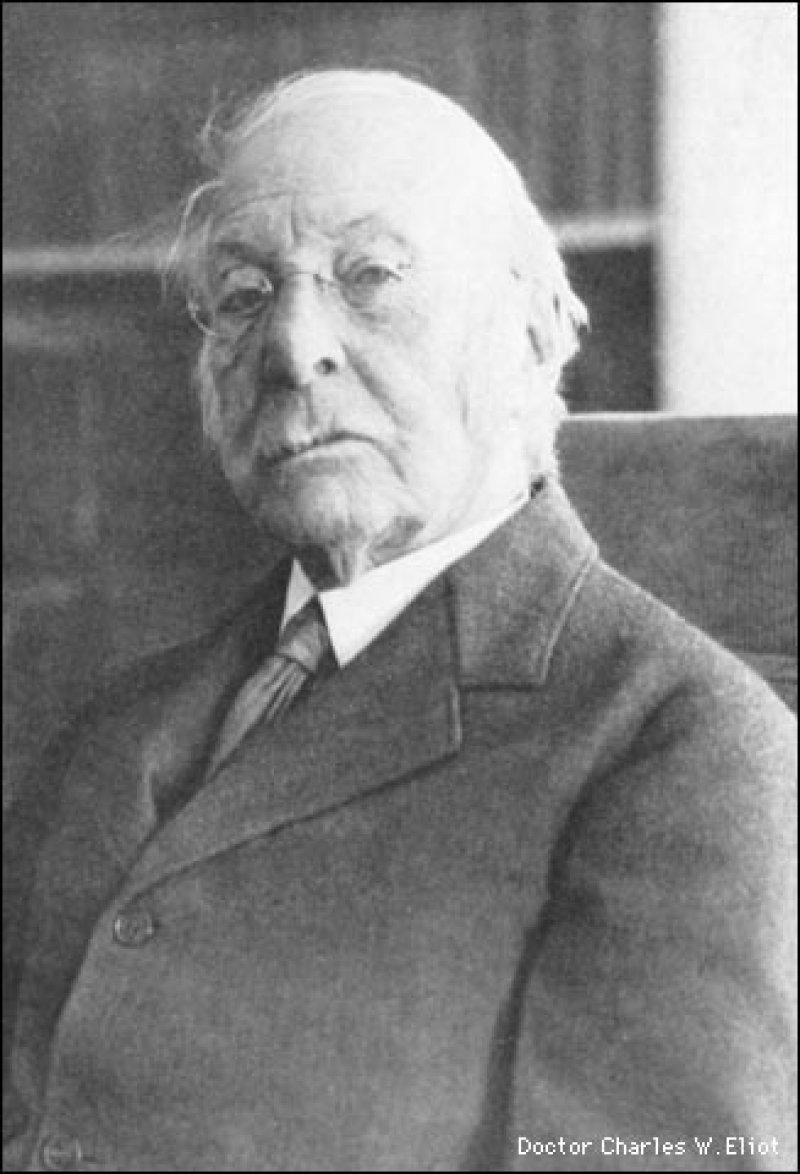The GLP aggregated and excerpted this blog/article to reflect the diversity of news, opinion and analysis.
August 1912, Harvard president emeritus Charles William Eliot addressed the Harvard Club of San Francisco on a subject close to his heart: racial purity. It was being threatened, he declared, by immigration. Eliot was not opposed to admitting new Americans, but he saw the mixture of racial groups it could bring about as a grave danger. “Each nation should keep its stock pure,” Eliot told his San Francisco audience. “There should be no blending of races.”
Eliot’s warning against mixing races—which for him included Irish Catholics marrying white Anglo-Saxon Protestants, Jews marrying Gentiles, and blacks marrying whites—was a central tenet of eugenics. The eugenics movement, which had begun in England and was rapidly spreading in the United States, insisted that human progress depended on promoting reproduction by the best people in the best combinations, and preventing the unworthy from having children.
The former Harvard president was an outspoken supporter of another major eugenic cause of his time: forced sterilization of people declared to be “feebleminded,” physically disabled, “criminalistic,” or otherwise flawed.
None of these actions created problems for Eliot at Harvard, for a simple reason: they were well within the intellectual mainstream at the University. Harvard administrators, faculty members, and alumni were at the forefront of American eugenics—founding eugenics organizations, writing academic and popular eugenics articles, and lobbying government to enact eugenics laws. And for many years, scarcely any significant Harvard voices, if any at all, were raised against it.
Read full, original post: Harvard’s Eugenics Era































